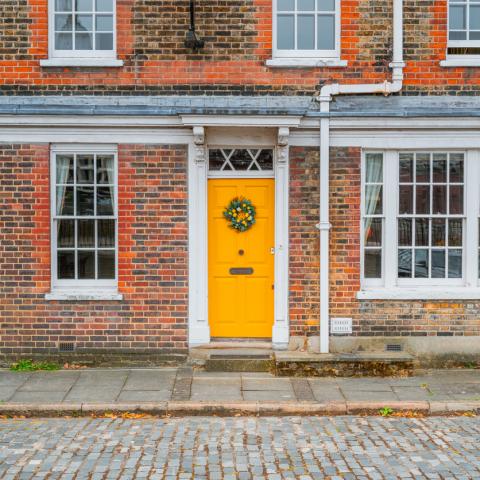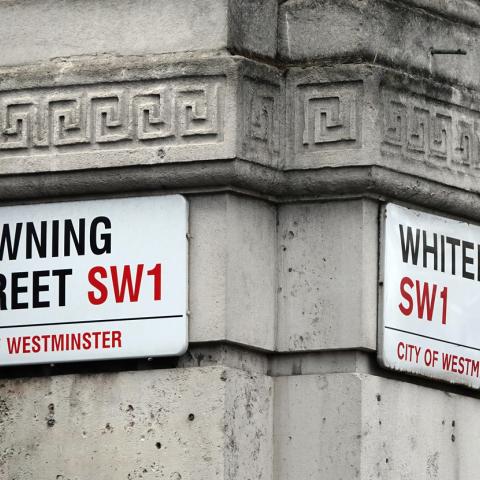Government maps out new direction, but must stay alert to the risks ahead

Former Cabinet Office Special Adviser Fraser Raleigh analyses the UK Government's COVID-19 recovery strategy
Today’s publication of the Government’s plan for the next phase of the fight against the coronavirus was an attempt at a difficult and cautious balancing act, with a lot more detail but also a lot of caveats. After a challenging morning’s headlines, the 60 page plan was designed to fill in the details critics had said were missing from the Prime Minister’s Sunday night televised address to the nation.
‘Our Plan to Rebuild’ was described by the Prime Minister as a plan that seeks ‘to return life to as close as normal as possible, for as many people as possible, as fast as possible’ while meeting the five tests set out to protect the NHS. It represents the first significant move away from the measures the public have become used to since the lockdown began on 23rd March, covering work, schools, social distancing and enforcement.
Workers who cannot work from home are now actively encouraged to return to work this week with the aim of providing a boost to construction and manufacturing and some parts of the retail sector, while keeping in place the current restrictions covering pubs, restaurants and hairdressers. Unions have called for more detail on how workers will be protected in practice, with more detailed guidance from the Government to come during the week.
Schools face a mixed picture, with a promise to gradually increase the number of children returning but an initial focus from 1st June on Year 1 and Year 6 and those secondary pupils in Years 10 and 12 preparing for exams next year.
A slightly increased range of social and leisure activity will be possible, most significantly with one-to-one contact now being permitted with an individual not living in the same household so long as the current social distancing limits are maintained. The possibility of expanded household groups - the so-called ‘bubble’ - remains only a possibility for now, but significantly the Scientific Advisory Group for Emergencies (SAGE) has been asked to report on the workability of the idea, suggesting it may be an option at a later stage should the current limited easing avoid an immediate and significant second peak.
The most visible change in the new guidelines is the recommendation - but not yet the requirement - to wear face coverings in enclosed public spaces where social distancing is not possible. The Government has been keen to underline the difference between coverings and surgical masks, which it is concerned to ensure are not bought up by members of the public at the expense of healthcare workers.
And with the carrot, comes the stick, with fines for first offences increasing to £100 (up from £60), and a higher maximum penalty of £3,200. While far fewer fines have been issued in the UK than some countries across the rest of Europe, the slight hike represents a signal to the public that while the guidance outlined might be changing today, the underlying emergency laws have not.
Responding to today’s announcements in a televised address of his own, Labour leader Keir Starmer promised to work with the Government but implied that the Prime Minister had failed to provide clarity and reassurance and argued that there are still questions that need answering.
Finally, as the First Ministers of Scotland, Wales and Northern Ireland have all made abundantly clear since yesterday’s publication of the new ‘Stay Alert’ slogan, today’s changes apply only to England, with each of the four nations needing to take their own decisions on when to move to the next stage, taking account of the different levels of transmission.
While the Prime Minister has expressed a desire to move through those stages in a coordinated UK-wide approach wherever possible, today’s publication brings the first major divergence. Scotland, Wales and Northern Ireland are still eventually likely to follow broadly the same path, but from today England is now further along it.
Fundamentally, today’s package of measures was a deliberately tentative first set of steps, with plenty of warnings and no promises, and while the Government has called it a plan to rebuild, ministers know that they are still only working to tackle the foundations of the economic reconstruction still to come.








